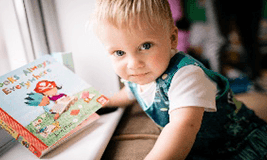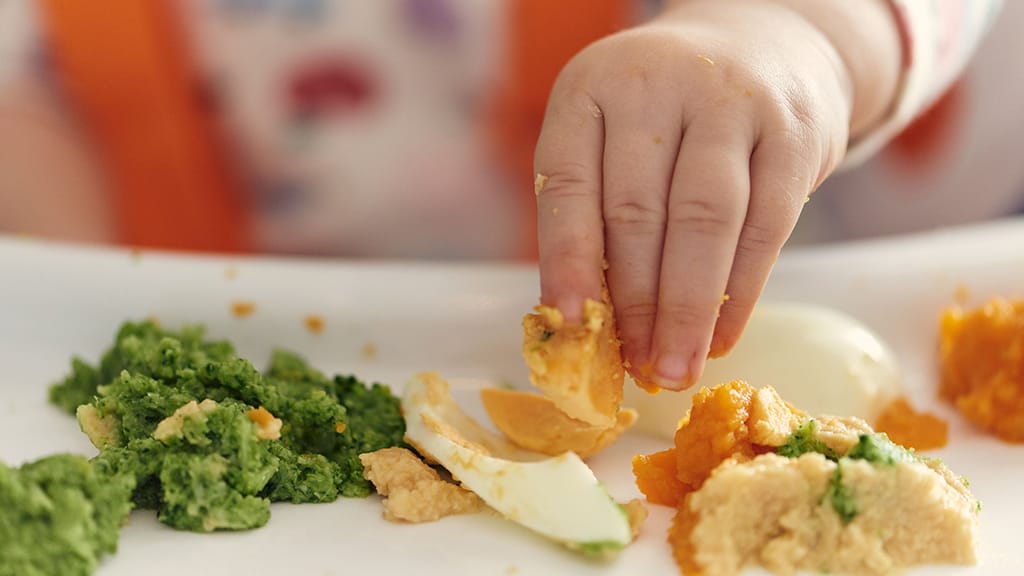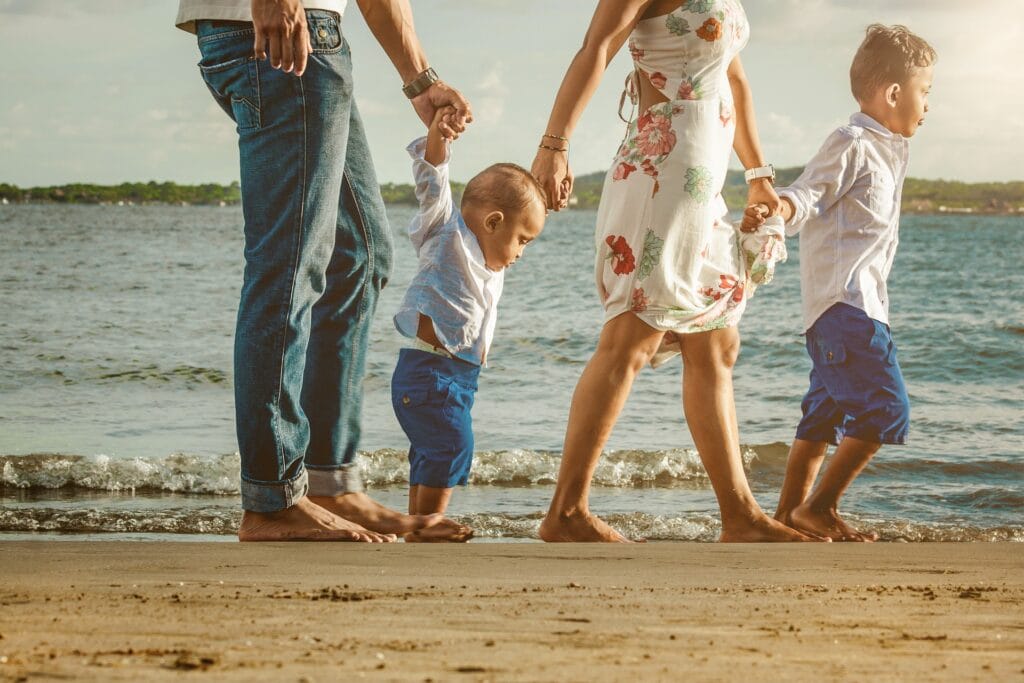

Last Updated - November 24, 2023
The five main areas of development
Cognitive Development
This is the child’s ability to learn and solve problems. For example, this includes a two-month-old baby learning to explore the environment with hands or eyes or a five-year-old learning how to do simple math problems.
Social and Emotional Development
This is the child’s ability to interact with others, including helping themselves and self-control. Examples of this type of development would include: a six-week-old baby smiling, a ten-month-old baby waving bye-bye, or a five-year-old boy knowing how to take turns in games at school.
Speech and Language Development
This is the child’s ability to both understand and use language. For example, this includes a 12-month-old baby saying his first words, a two-year-old naming parts of her body, or a five-year-old learning to say “feet” instead of “foots”.
Fine motor skill development
This is the child’s ability to use small muscles, specifically their hands and fingers, to pick up small objects, hold a spoon, turn pages in a book, or use a crayon to draw. Find out more in our physical development section.
When your baby picks things up between his finger and thumb, or wriggles his toes in the sand, he’s using his fine motor skills. But it’s not just about fingers and toes; when your baby uses his lips and tongue to taste and feel objects he’s using fine motor skills, too.
When your baby is newborn, his brain is not mature enough to control skilled movement. Development starts at his head, and then moves down his body. So your newborn baby can control his mouth, face, lips and tongue, with the rest following in time.
Your baby learns to control his neck before his shoulders, and his shoulders before his back. Your baby can control his arms before his hands, and control his hands before his fingers.

In any area of your baby’s body, his gross motor skills develop before his fine motor skills. So he’ll be able to bring his arms together before he learns how to pass a toy from hand to hand.
Gross motor skill development
This is the child’s ability to use large muscles. For example, a six-month-old baby learns how to sit up with some support, a 12-month-old baby learns to pull up to a stand holding onto furniture, and a five-year-old learns to skip.

Your baby will still be getting to grips with sitting as they reach six months so lots of ‘sitting practise’ on the floor will help them build their muscles. Your baby will enjoy playing with their feet too!
- Spending time on the floor is still one of the best ways for your baby to develop their physical skills. In time they will like to pull up to a stand.
- Try and be sock free if it is warm enough at home. They can ‘explore’ their toes and it also helps them with the crawling action.
- When your baby gets frustrated because they can’t quite get to where they want (they often go backwards when they want to got forwards!) be close by to reassure and encourage.
How can I help my child’s fine and gross motor skills?
For your baby to really do things for himself, he’ll need to use gross and fine skills together. He’ll gradually get better at this as he grows into toddlerhood.
For example, by the time your child reaches two years old he’ll be able to use a shape-sorting toy. He’ll use gross motor skills to hold his body steady enough to grasp the shapes firmly. He will then use fine motor skills to twist or turn each shape to fit the right slot.
You can encourage your baby’s development by playing games that challenge him a little. When he can sit well unsupported, put his favourite toy just out of reach. This will mean he must balance as he makes a grab for his toy. Watch for any changes in how he uses his legs, arms and fingers.
Download or view our physical development booklet here.
